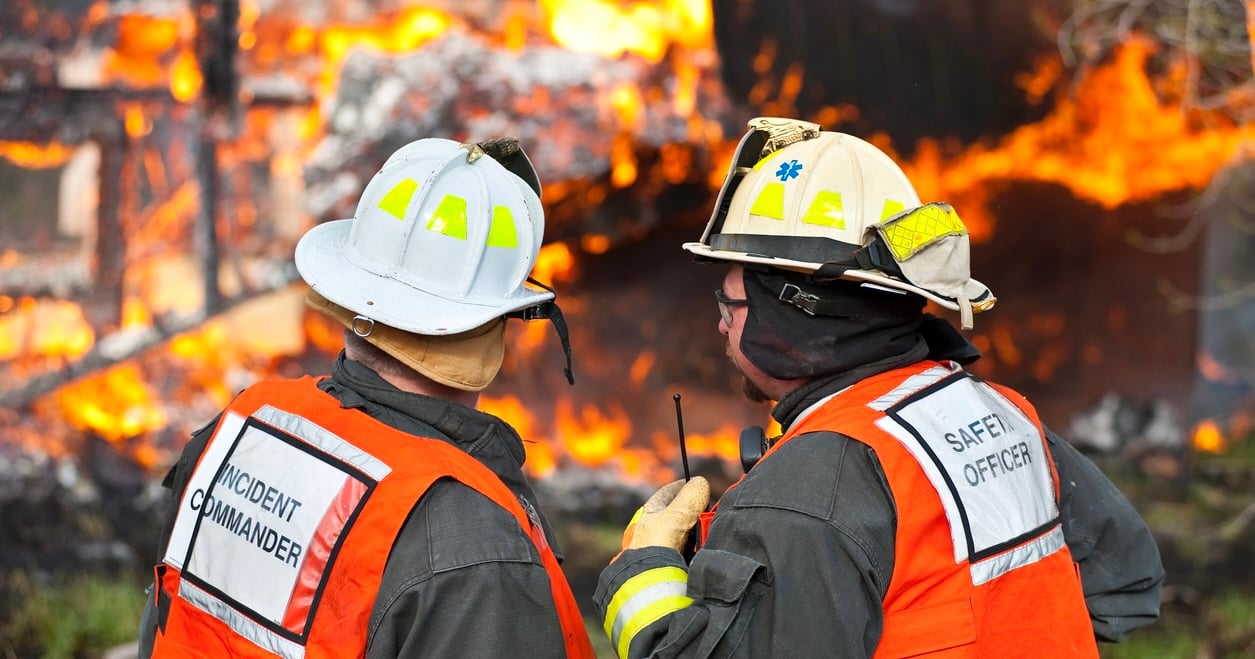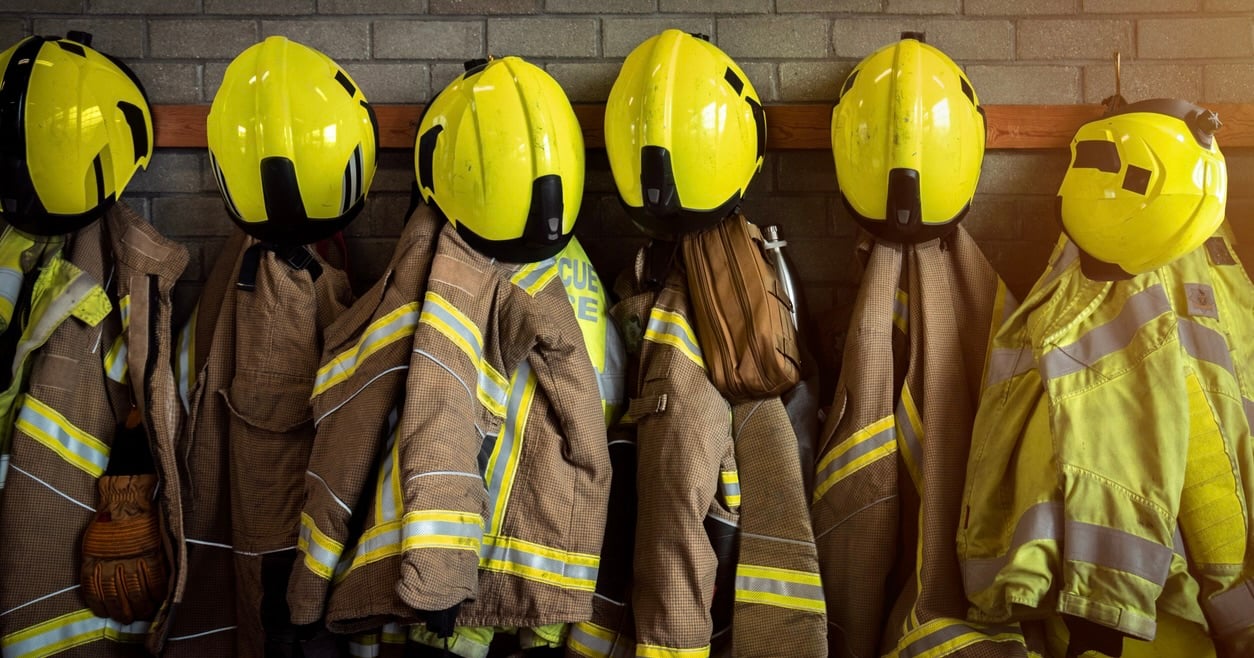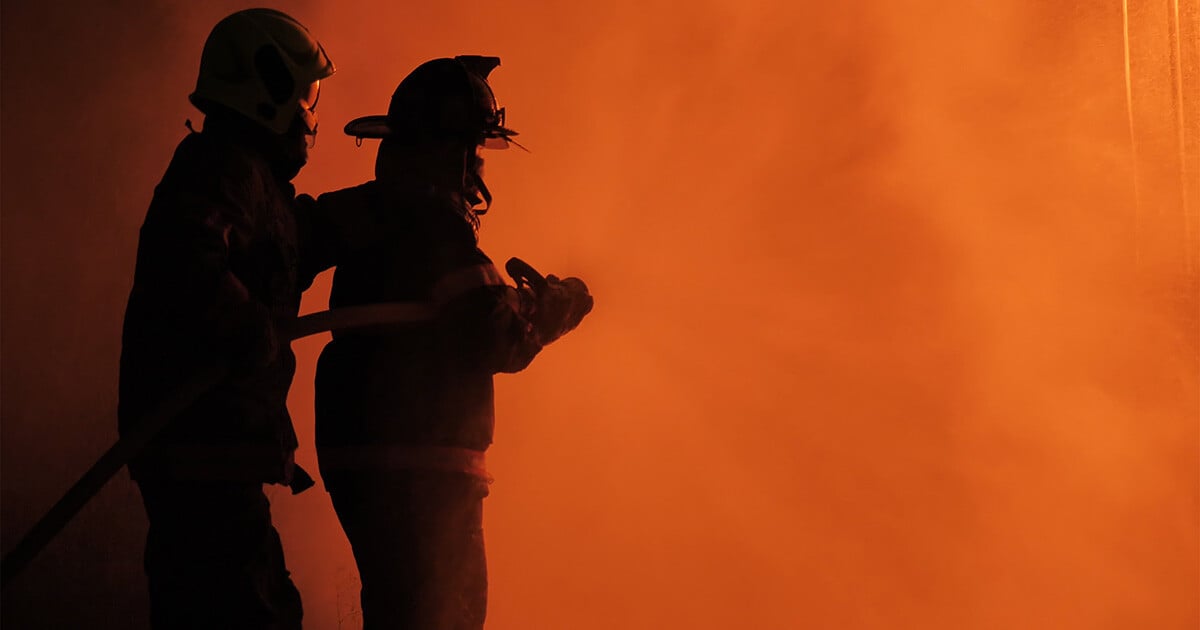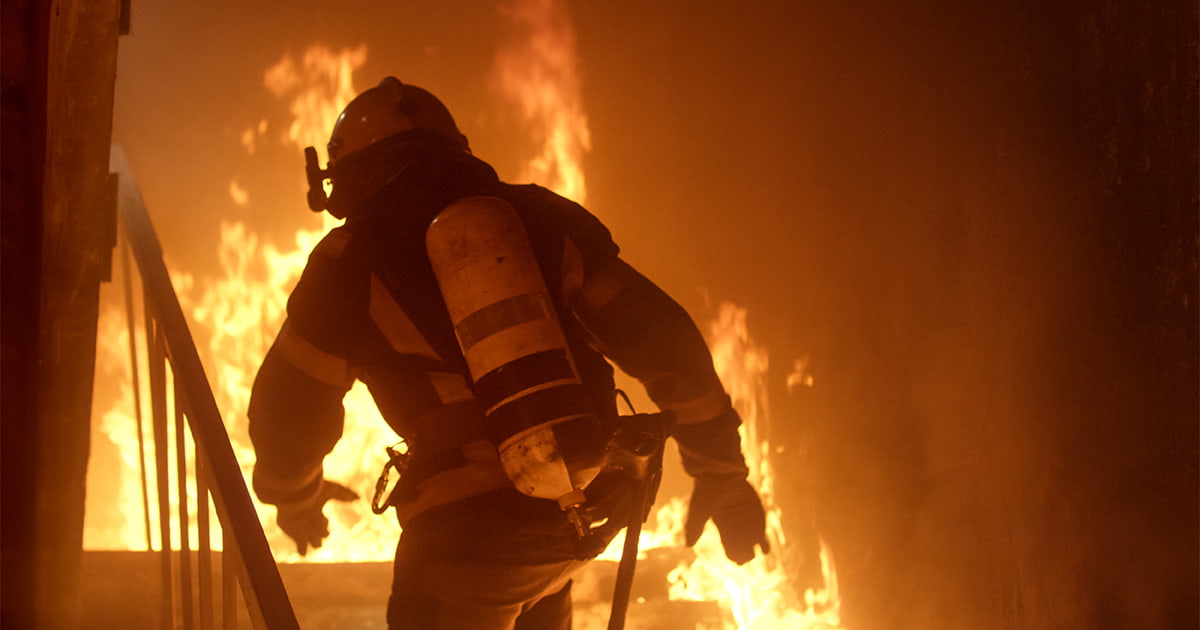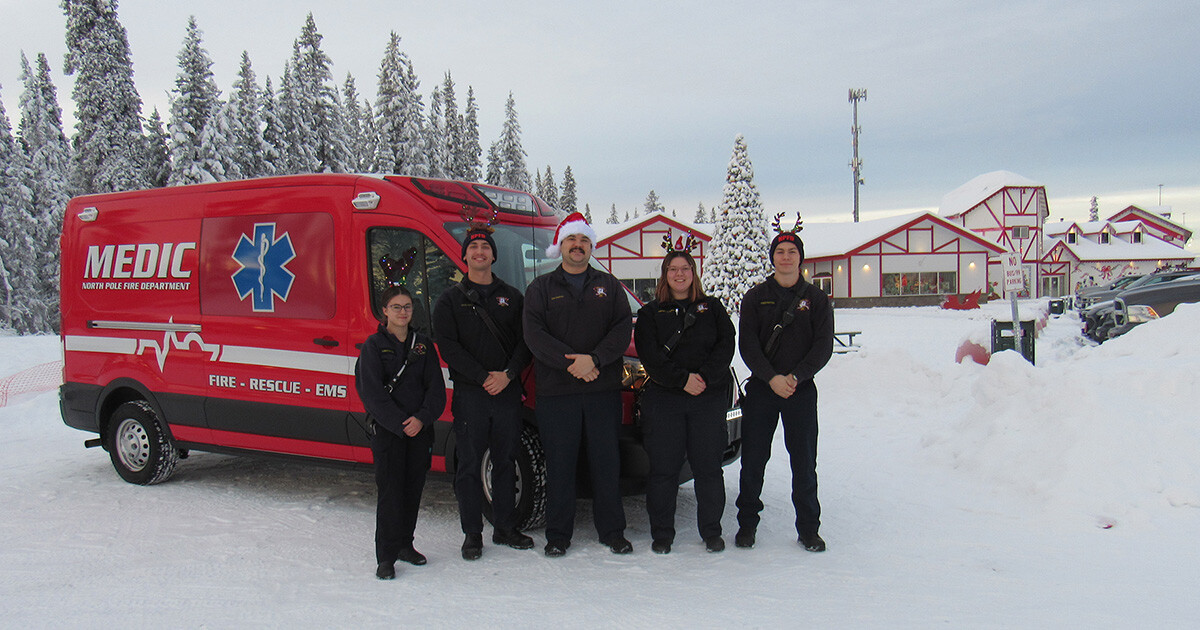5 min read
The Impact of Policy & Procedure on Fire Command
Editor's Note: In May 2025, FireRescue1 released their annual digital edition, Fire Command Ready: Building Bench Strength, proudly sponsored by Pulsara. Because the articles and advice found within...

